The brand evangelist. Quite possibly one of the most valuable assets to any eCommerce company.
Your Unicorns and Why You Want Them

I’m personally an evangelist for a few brands. Sanuk shoes, Boga Yoga Paddle Boards, LaCroix (currently obsessed), True Detective Season 2 (it WAS better, you guys) and Amazon.
I buy 98% of all my purchases through Amazon. And I register my son’s Christmas list there so the grandparents and aunts and uncles have a nice easy place to shop. It saves headaches and then no grandparent gets their feelings hurt when my kid tells them “thank you so much but, I already have this toy.” I am a promoter, an evangelist and a person that even forces shopping at your store on other people, Amazon. I am your unicorn.
People like me aren’t just obnoxious to those who’d rather (for some reason I cannot comprehend), go to a store. But we actually influence the way in which other people shop. Again, take for example Amazon and my son’s Christmas list. I email out a link to the list and tell our relatives, “This is what you should get him if you want to get him anything.” (And I always tell them he actually needs nothing, but they insist.) In fact, this practice has become so appreciated, that all of us in the family with kids use the Amazon wishlist for birthdays and Christmas. Instead of us running to a department store for a gift, now we just log in to our Amazon Prime account, purchase an item off a carefully curated wishlist and know that everyone will be happy.
I’ve made an entire family of unicorns for you, Amazon.
Feature-driven Tactics
And I’m not alone. There are different features on eCommerce sites that will not only lure a customer in for a purchase but will turn that customer into a repeat buyer and ultimately a brand evangelist.
Let’s explore some of the tactics and built-in features that take a customer to unicorn level.
Get To Know Me: The Customer Quiz
I love the customer quiz for a couple of reasons. It helps define a persona (or a few) that may be drawn to your eCommerce site, and it helps you as the seller see what products are desired by whom. My recent favorite use of this tactic is over at Adore.Me. Shoe Dazzle was a bit of a leader with this but has lost its edge with over-complicated style quizzes for shoes. As it turns out, no matter what you answer on the quiz you’re ushered into a showroom of 6+ inch heels and shoes you’re hard-pressed to wear even once.
If a quiz makes sense to grant access to your site, it can be a valuable way of beginning to build a solid set of audience profiles.
Offer Them Something in Return for Getting to Know You
Dollar Shave Club offers $5 every time you get one of your friends to sign up using the unique link they send you. They even write the compelling (not really compelling–it’s actually frat-boy-esque) message for you to email or Facebook your pals.
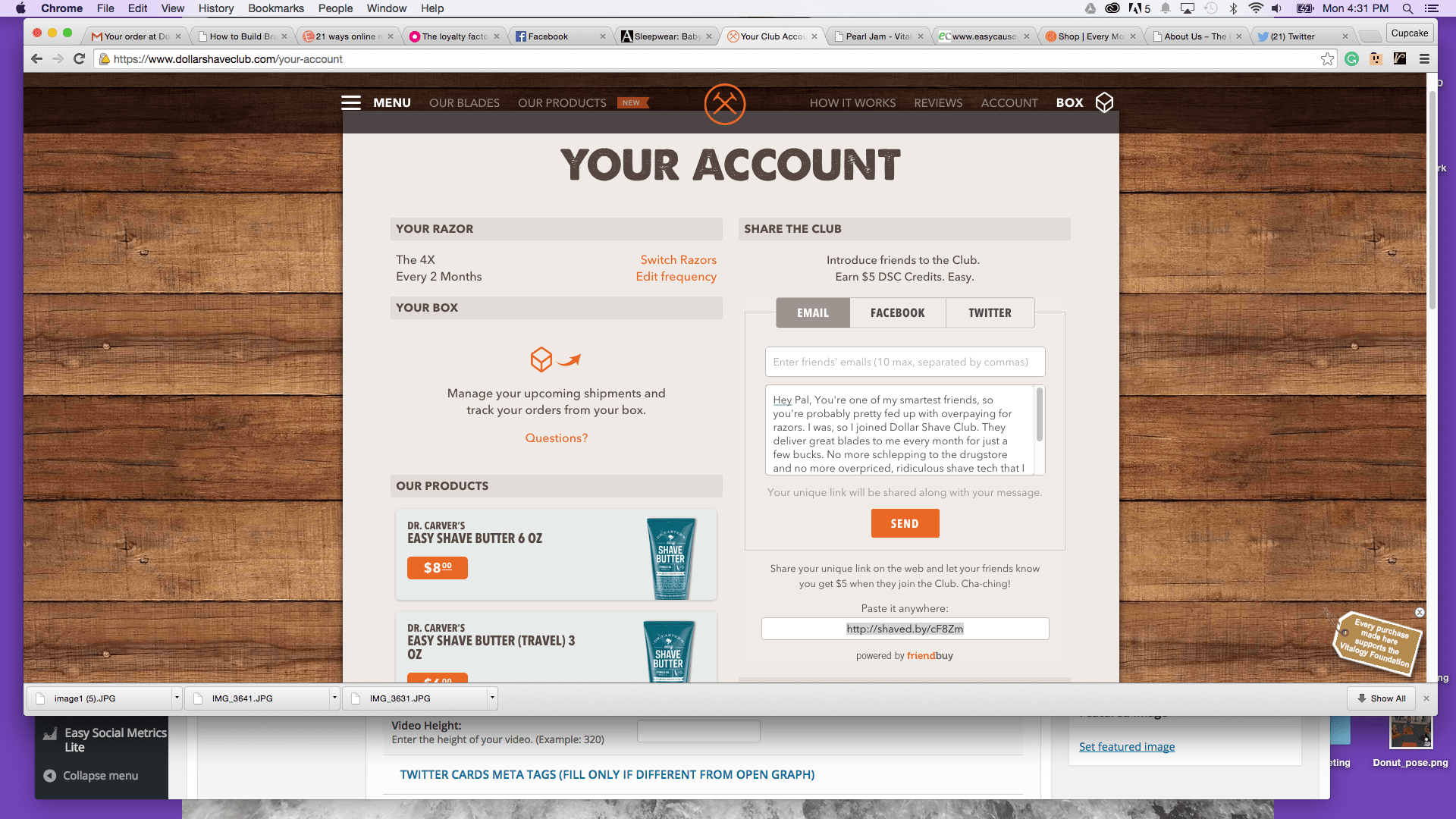
Adore.Me also offers me a cash reward if I invite some friends to shop. 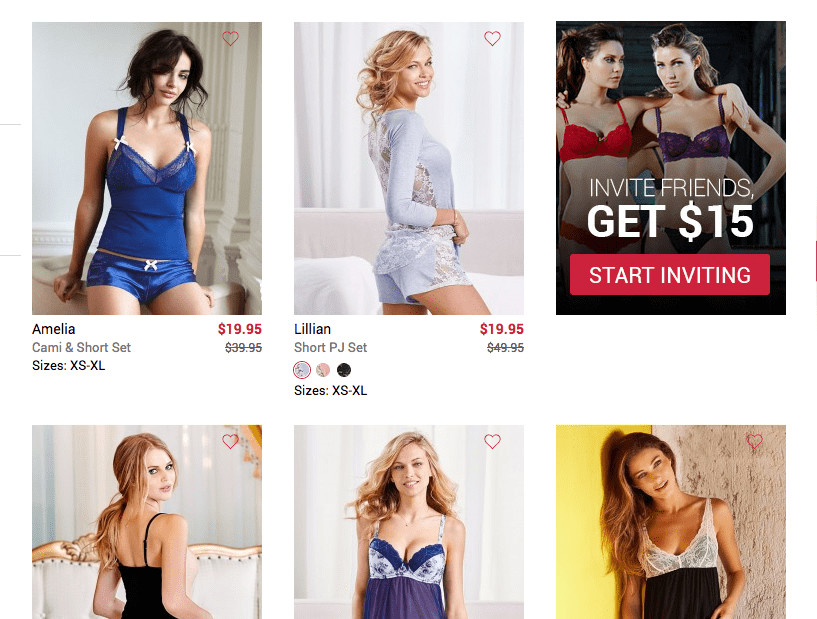
A key here is that once your friends see the message from you, you’re already spreading the word as an evangelist. Keep in mind, you may not have even gotten your order yet (which is needed to form an opinion about the eCommerce site and goods), but the tactic of gently pressuring you right after you sign up to invite some friends for a cash reward is hard to pass up.
Planning and Inspiration Features
For me, Wayfair owns this space. Full disclosure, I am a Wayfair Homemaker, which is just an affiliated blogger with a sorta silly name. Their Homemaker program with actual Influencers (not me) has been providing content for the site for well over a year.
Aside from that, Wayfair is more or less a shop-able Pinterest (before and still mostly after Buyable Pins).
While browsing, customers can create Idea Boards and fill them up like a Board on Pinterest, only this is much more in line with a wishlist. Still, all my “dream” products are there and organized. Perfect if I want to share with someone should a special occasion be coming. You know, like my birthday…
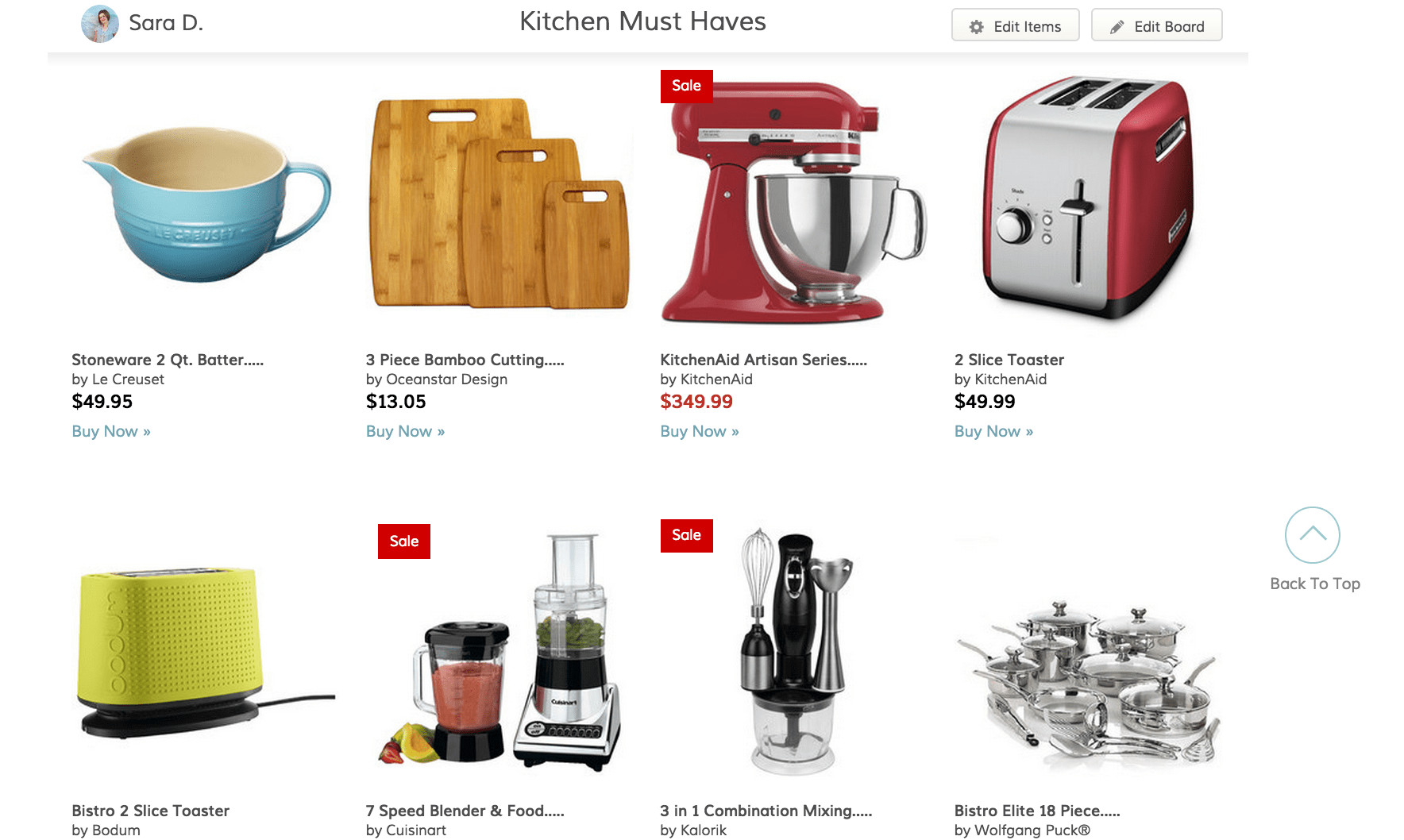
Their major competitor, Overstock.com (still trying to forget that O.co thing), has them beat in one huge area: focused specialty categories.
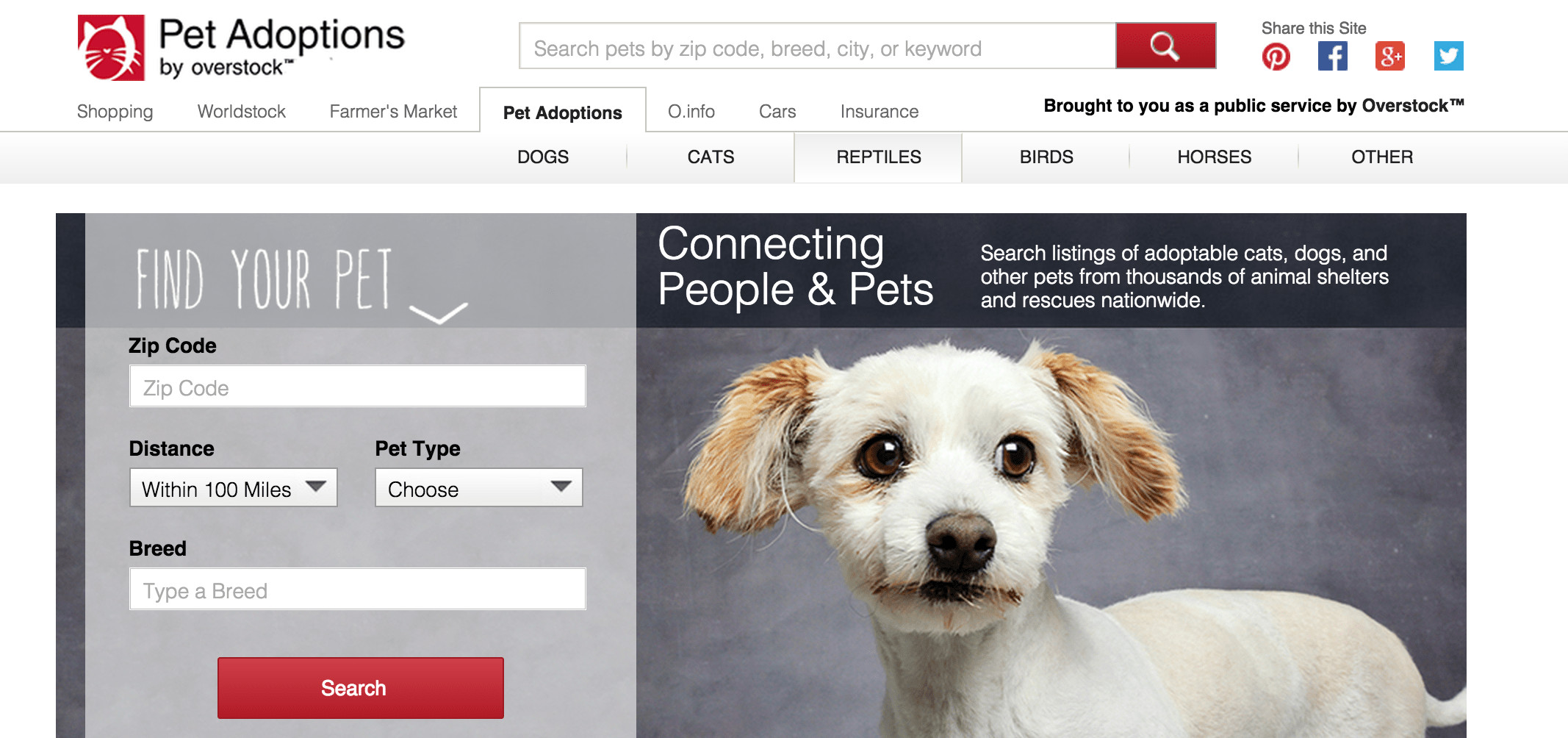
For example, Overstock.com also hosts an entire fair trade shop, pet adoptions (a passion project of one of the owners) and O.info, which contains hundreds of articles on all kinds of stuff. So while maybe not as pretty or friendly as Wayfair, Overstock still pulls some punches when it comes to offering more than just shopping to customers. Finding your next pet and then finding articles on housebreaking are exactly the sorts of things that set them apart and create a strong bond with customers.
Consumerism with a Side of Philanthropy
Based on hard data or not, there has been a lot of talk that the millennial group is concerned with making sure their money goes to philanthropic endeavors. Dollar Shave Club, Target, Amazon, 1800Flowers and many others have decided to donate a percentage of purchases made via EasyCause to various foundations for fundraising efforts.
One easy way of doing this that Amazon has promoted is accessing their site via a slight change in the URL. Instead of amazon.com, users can go to smile.amazon.com and select a foundation or charity to receive up to a 5.10% donation from what you purchase. Percentages vary largely among both transactions and foundations.
Outside of Amazon, EasyCause has helped foundations by creating a browser buttons that you install and it pops up when you are on a site that give a percentage from your purchase to your selected foundation.
Building Loyalty Beyond Features
These are just a few of the feature-based tactics used to build loyalty with eCommerce customers. Next time we’ll look at how employees and emails can be a huge factor in building brand evangelists. Until then, do you have any feature-based tactics you see hitting a home run these days?
*Ray Velcoro photo via Perez Hilton
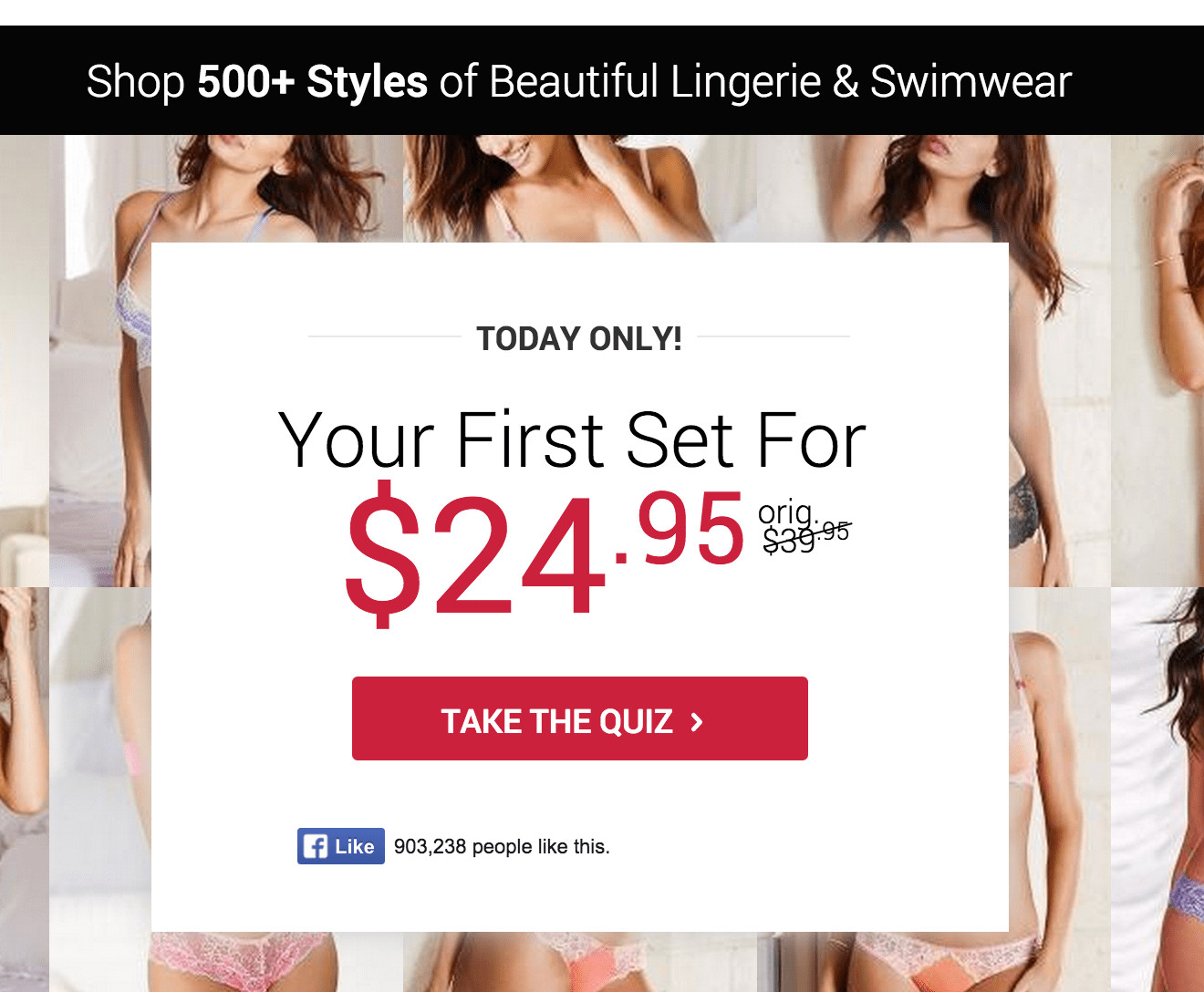











0 Comments